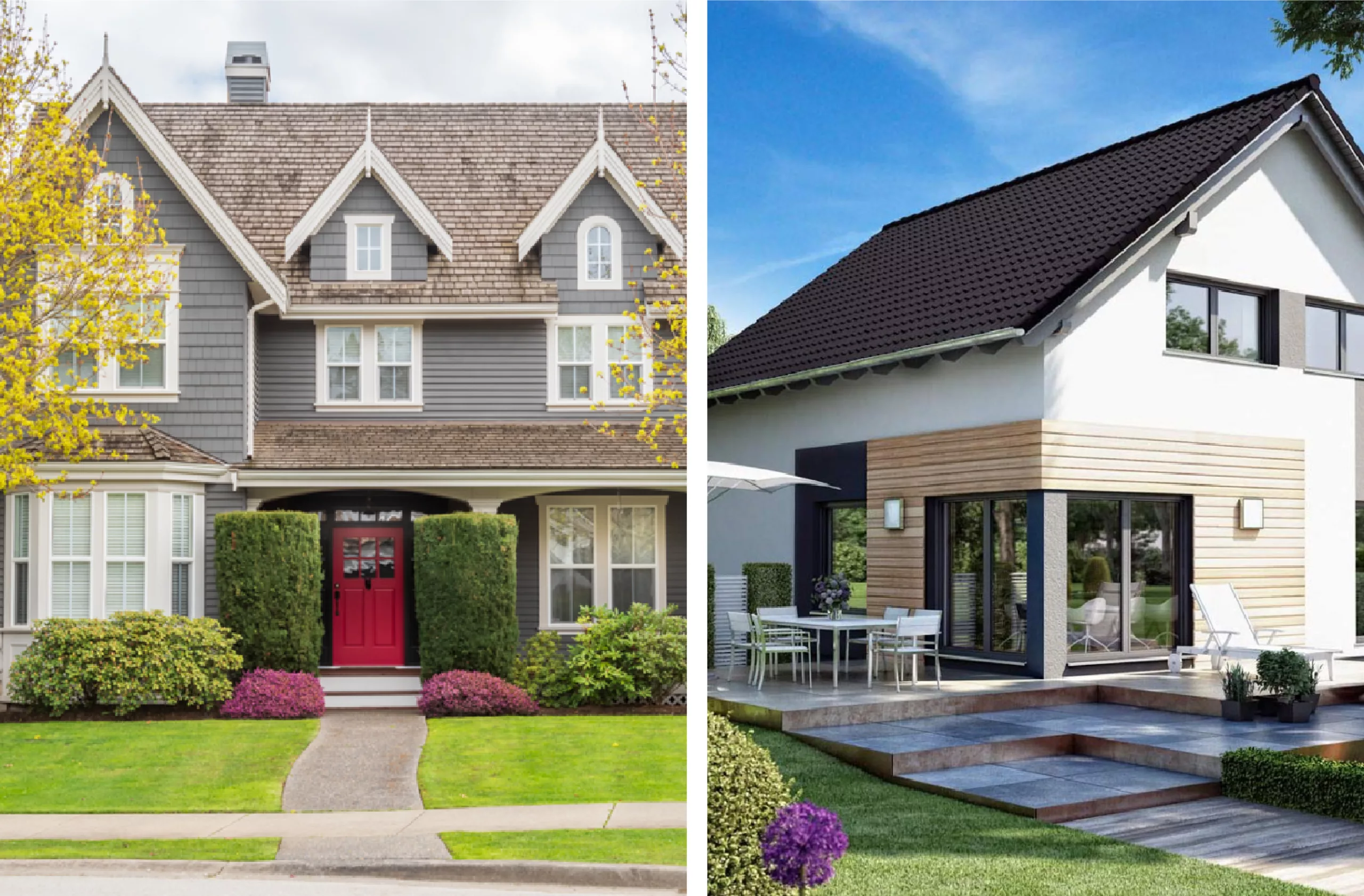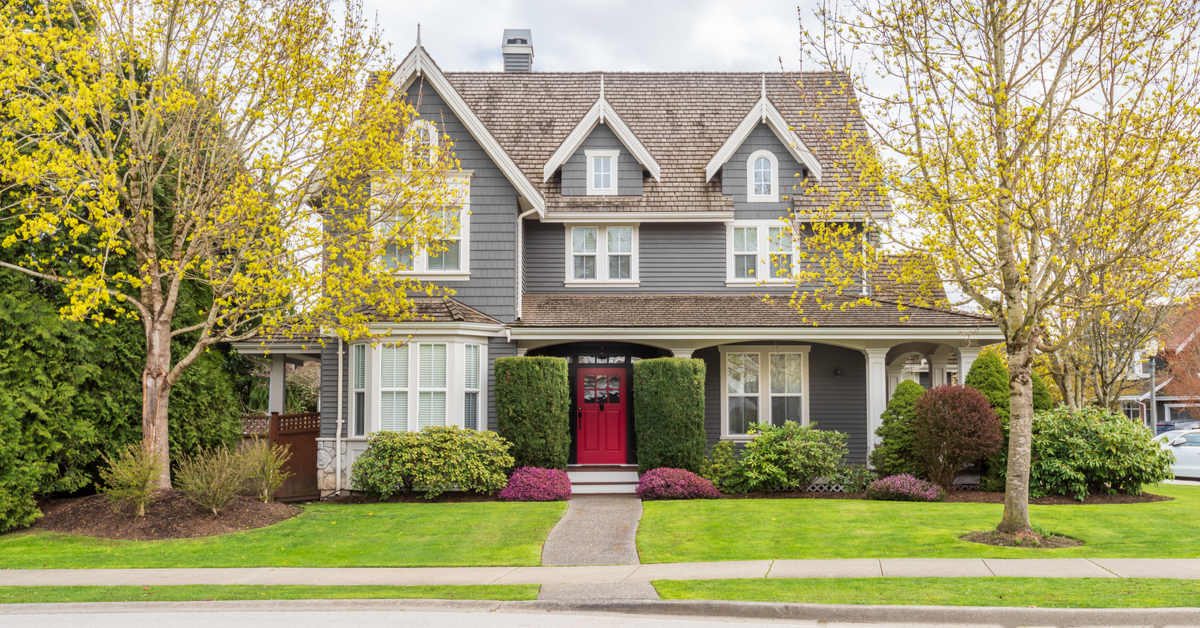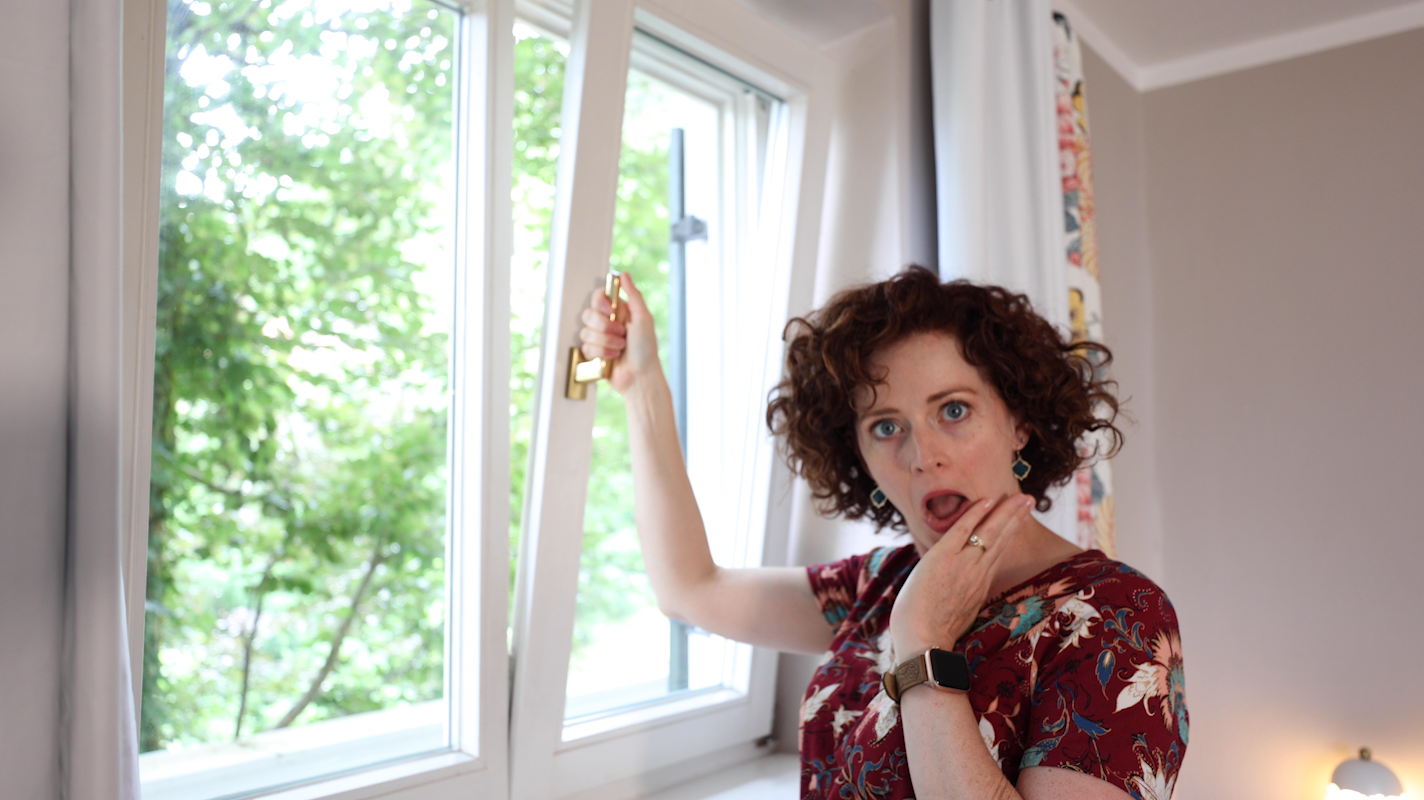German Homes vs. American Homes – The Surprising Differences
Today we explore German homes vs. American homes and their surprising differences. From construction to air conditioning to energy efficiency and light fixtures, the differences reflect each country’s culture and priorities.

We’ve Had Fun Exploring the Differences in Our German Home
Until we moved to Germany from the USA, we never realized just how different homes can be! Here are 10 things that are different in our German home vs. our American one. Now, this is OUR experience. Not ALL homes are exactly alike, in both the USA and Germany. In fact, there are huge differences in both countries in terms of design and appearance, depending on which part of the country in which a person lives and their income.
Please note – this is a fun video, not meant at all to pass judgment on either country or ways of life. Both have their pros and cons, and that’s the beauty of living abroad is you get to try out new ways of doing things and see what you like best!
German Homes vs. American Homes
The differences between German Homes vs. American Homes reflect each country’s climate, culture, and building traditions. While German homes may lack some of the conveniences and amenities found in American homes, they are often built to higher standards of energy efficiency and durability and reflect a different set of values and priorities.
Construction Materials
In Germany, it’s more common to use concrete and brick to build homes, while in the US, wood is often the preferred material. This is due in part to the differences in available resources and building traditions. German homes are often designed with durability and energy efficiency in mind, as they must withstand harsher weather conditions and colder temperatures. We have noticed that homes seem much more solid and better built than American ones due to the materials used.
Heating and Air Conditioning
Most German homes do not have central air conditioning or heating. Instead, homes are often heated using individual room heaters, such as gas or oil-fired radiators, and triple-glazed windows and insulation keep the heat inside. In the summer, many Germans rely on open windows and cross-ventilation to cool their homes.

Ceiling Fans
Ceiling fans are not very common in German homes, as they are not considered a necessity due to the cooler climate. Instead, many homes have large windows and doors that can be opened to create a breeze.
We have noticed that it’s only hot here in Germany for a few weeks out of the year, so cooling our home hasn’t been too much of an issue. When it is hot, we have to be more strategic than we did in the USA. We put standing fans in each bedroom and open the windows at night. We installed screens in the windows as bugs are a big problem during the summertime without screens. With the rise of global warming, many Germans are opting to install ceiling fans and individual room air conditioners.
Light Fixtures and Kitchens
In Germany, light fixtures and kitchens are often considered part of the “built-in” furnishings of a home and are typically taken with the owners and renters when they move. This is because Germans value the ability to customize their living spaces and may not want to leave behind fixtures or furnishings that they have invested in.
Germans Move Less than Americans
Also, Germans typically don’t move as often as Americans do and have a higher percentage of renters. So homeowners and renters want to be able to customize their homes since they plan to stay for a long time. In contrast, many American homes have built-in fixtures and appliances that are considered part of the home itself.
Windows
One of the first things Americans notice when in Germany and in other parts of Europe is the windows. German windows are often made of uPVC, aluminum, or wood frames, while American windows are frequently made of vinyl, aluminum, or wood. They typically open inward, while American windows usually slide up and down. Lastly, they are often larger than American windows, which can provide more natural light and better ventilation.

Differences in Energy Efficiency
One of the main advantages of German windows is that they are often more energy-efficient and durable than American windows. This is due in part to the use of higher-quality materials like uPVC, which provides better insulation and helps reduce energy bills. Additionally, German windows are often triple-glazed, which offers excellent sound insulation and can further improve energy efficiency. However, German windows can be more expensive than American windows due to the higher quality materials and increased level of craftsmanship required.
Differences in Design Options
American windows, on the other hand, may offer more design options and can be more affordable than German windows. They are often available in a wider range of styles and colors, which can make it easier to find a window that matches the look of your home. Additionally, American windows can be less expensive to install than German windows. This can be a significant factor for homeowners on a budget. However, American windows may be less energy-efficient and less durable than German windows. This results in higher energy bills and more frequent repairs or replacements over time.
More Posts about Our German Home
You might also enjoy this post as we discuss how Germanized we’ve become and show you more differences in our home.






